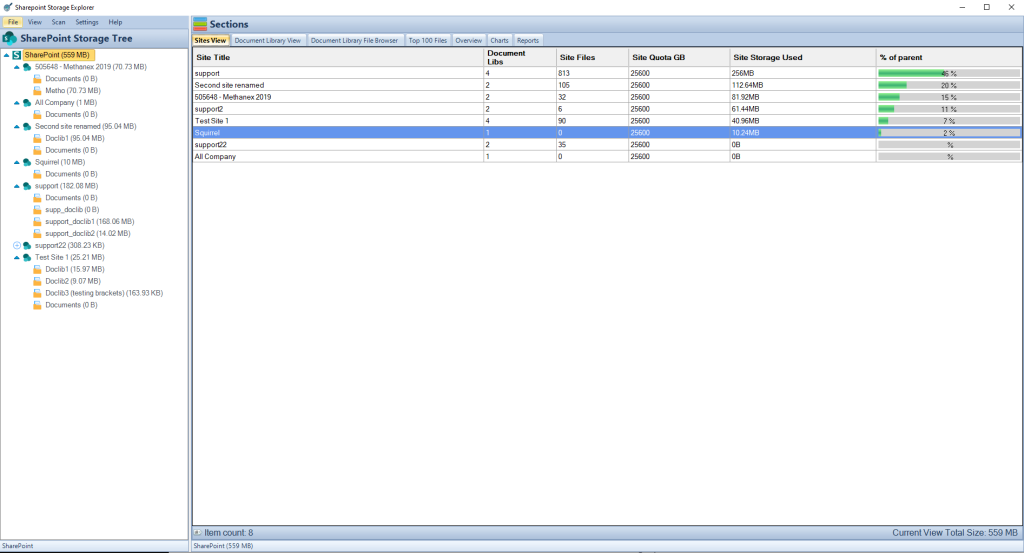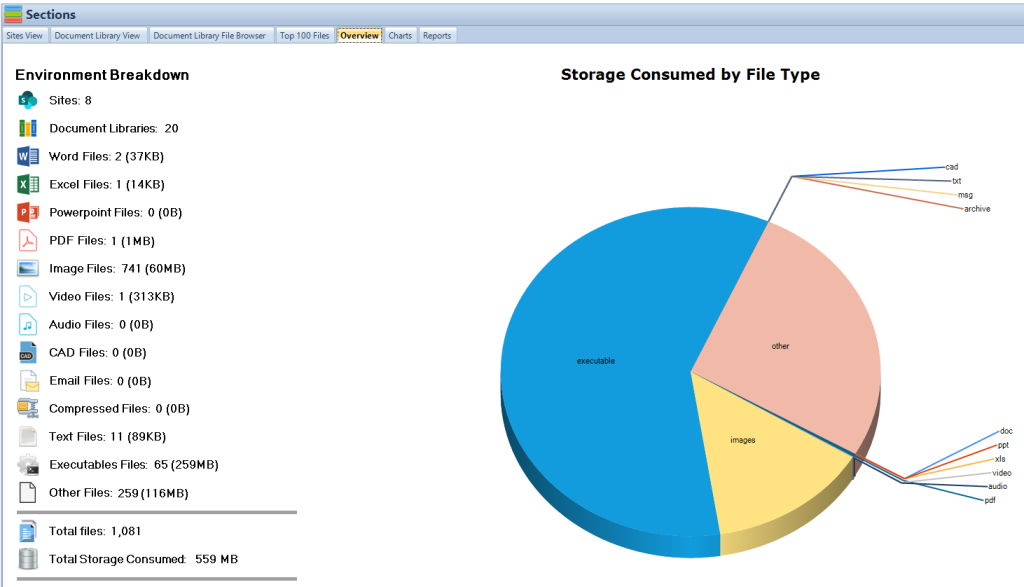When you enter a query in SharePoint Online‘s search box, you are tapping into a complex system designed to interpret your needs and retrieve the most relevant content. It’s a system built not only to understand what you’re looking for but also to respect the security and organization of your company’s data. By mastering SharePoint Online’s advanced search capabilities, you unlock the potential to transform vast data stores into actionable insights swiftly.
Key Takeaways
| Aspect | Detail |
|---|---|
| Search Architecture Understanding | Foundation for configuring and optimizing search capabilities. |
| Managed Properties Configuration | Essential for refining search results and improving accuracy. |
| Customization of Search Results | Enhances user experience and efficiency in finding information. |
| Search Center Implementation | Centralizes search experience and allows for further refinement. |
| Query Rules Application | Tailors search results to user behavior and preferences. |
| Search Health Monitoring | Ensures long-term success and relevance of search functionality. |
| User Training on Search Features | Empowers users to leverage advanced search capabilities. |
Understanding SharePoint Online Search Architecture
The search architecture in SharePoint Online is comprised of several components that work together to index content and respond to search queries.
Step 1: Explore the Search Service Application (SSA)
The Search Service Application (SSA) is the overarching service that encompasses all the search features and configurations in SharePoint Online. Here’s how to approach it:
- Access the SSA: Find this in the SharePoint admin center, where you can manage various settings.
- Review the Topology: The topology refers to the arrangement of search components within the SSA. It’s essential to have an understanding of this for scaling search capabilities as your organization grows.
- Configure Search Components: Within the SSA, you can configure crawl, content processing, analytics processing, and more.
Step 2: Get Familiar with the Crawl Component
The Crawl Component is essential for making content searchable. It ‘crawls’ through your content, indexing information so that it can be retrieved through search queries.
- Define Content Sources: Identify where your content lives. This could be site collections, web applications, or file shares.
- Manage Crawl Schedules: Set up schedules to determine how often your content sources are crawled. This ensures your search results are up-to-date.
- Monitor Crawl Logs: Review these logs to troubleshoot any issues with the crawl process, such as permissions errors or unindexed content.
Mastering SharePoint Online
Please fill out the form below to get our free Ebook "Mastering SharePoint Online" emailed to you
Send download link to:
Step 3: Understand the Content Processing Component
After content is crawled, it goes through the Content Processing Component, where it is parsed and processed.
- Document Parsing: This breaks down the content into searchable elements.
- Property Mapping: Managed properties are assigned to content so that users can search based on document properties like author, date, or custom metadata.
- Content Enrichment: Apply custom processing to enrich content, such as entity extraction or content transformation, improving the search experience.
Step 4: Configure Search Schema and Managed Properties
The Search Schema is where you define what information gets indexed and how it is stored in the search index. Managed properties are key to this process:
- Access the Search Schema: Through the SharePoint Online admin center, navigate to the search schema settings.
- Create or Modify Managed Properties: These properties dictate how content is indexed. For example, if you frequently search by project number, you can ensure there’s a managed property for that.
- Map Crawled Properties to Managed Properties: Connect the dots between the raw data from your crawled content to the managed properties, which users can search against.

Step 5: Set Up Search Result Types and Display Templates
Search result types and display templates determine how search results are presented to users:
- Identify Common Result Types: Determine what kind of content you search for most often—documents, list items, people—and set up result types for these.
- Customize Display Templates: Tailor how each result type looks and what information is displayed, improving the user’s ability to find what they need quickly.
Step 6: Implement Search Center
The Search Center is your user-facing search interface:
- Create a Search Center Site: This dedicated site will be where users go to perform searches.
- Customize the Search Experience: Adjust the look and feel, add refiners, and configure search pages to match how your organization searches for information.
SharePoint Storage Explorer
Gain insights in to your SharePoint Online Storage Consumption
Download our completely FREE TOOL
Send download link to:
Step 7: Refine Search with Query Rules
Query rules help you manage how search queries are processed and can be a powerful tool for tailoring search results:
- Create Query Rules: Based on user queries, create rules that promote or demote results, or even change the query entirely.
- Test and Refine Rules: Continually test the impact of your query rules and refine them based on user feedback and search analytics.

Step 8: Monitor and Maintain Search Health
Regular monitoring and maintenance are crucial for the long-term success of your search setup:
- Review Search Analytics: Keep an eye on what users are searching for and how they are interacting with search results.
- Perform Regular Maintenance: Check for crawl errors, ensure content sources are up-to-date, and refine your search schema as necessary.
Step 9: Train Users on Advanced Search Features
User training can dramatically improve the search experience:
- Develop Training Material: Create guides and cheat sheets for using advanced search features like boolean operators or property searches.
- Conduct Training Sessions: Hold workshops to demonstrate effective search techniques and answer user questions.
By following these steps, you can optimize your SharePoint Online environment for both basic and advanced searches, ensuring users can find the information they need quickly and efficiently.
Conclusion
Embracing the advanced search capabilities of SharePoint Online is crucial for any organization looking to leverage the platform’s full potential. By understanding the intricacies of search architecture, customizing search components, and engaging users through training, businesses can ensure that their employees have the tools they need to find information swiftly and accurately. This guide has outlined the steps to enhance your SharePoint Online search experience, from the initial setup to ongoing maintenance. With these strategies in place, your organization can transform its data into a well-oiled retrieval system that supports productivity and innovation.
FAQs
- What is the importance of understanding SharePoint Online’s search architecture? Understanding the search architecture is essential for effectively customizing and managing search functions.
- How can managed properties improve my search results? Managed properties allow you to refine search results based on specific content attributes, making searches more accurate.
- Can I customize how search results are displayed in SharePoint Online? Yes, by using result types and display templates, you can tailor how search results are presented.
- What is a Search Center in SharePoint Online? A Search Center is a dedicated site for performing searches, offering a centralized and customizable search experience.
- Why are query rules important in SharePoint Online? Query rules can promote or demote search results, impacting the relevancy of the content that users see.
- How often should I monitor SharePoint Online search health? Regular monitoring is recommended to maintain optimal search functionality and address any issues promptly.
- What are some common issues with SharePoint Online search? Common issues include crawl errors, outdated content sources, and misconfigured search schemas.
- Can I restrict search results based on user permissions? Yes, SharePoint Online’s security trimming ensures users only see search results they have permission to access.
- How does SharePoint Online’s search integrate with other Microsoft 365 apps? SharePoint search can be enhanced with insights and content from other Microsoft 365 apps via Microsoft Graph.
- Is user training necessary for SharePoint Online search? Training users on advanced search features can significantly improve their search efficiency and effectiveness.

